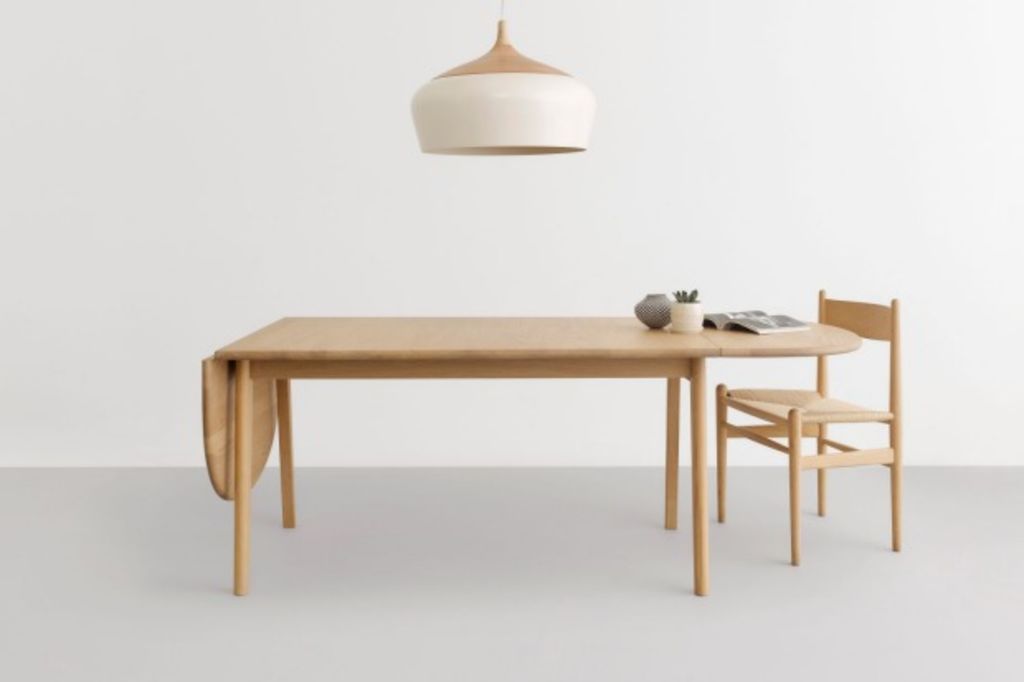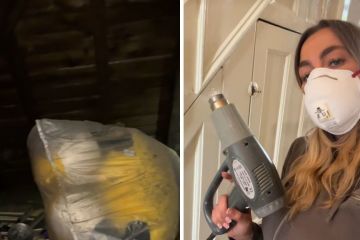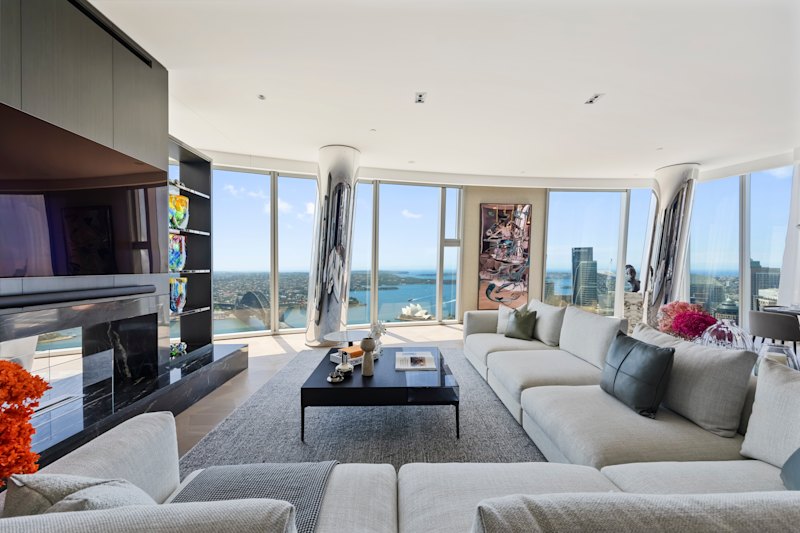Is it OK to buy replica furniture?

Replicas. Copies. Inspired by original designs. David Trubridge prefers the word “stolen”.
“It’s a kick in the guts,” he says of seeing his designs copied, sometimes with his name used in the advertising.
The designer and environmentalist is so angry at the state of Australia’s replica furniture industry, he recently posted a video on his Facebook page showing him gleefully smashing a copy of his kitset bamboo plywood Coral light to smithereens.
Faced with an authentic designer product or a replica at a fraction of the price, why shouldn’t people opt for the cheaper version?
“As far as we are concerned, no, you should categorically not buy a replica,” Trubridge says.
“Do you respect the designer, and the fact the designer has spent a lot of time and effort building their career … to the point where they have a good design?” he says.
“The other reason, which in some ways is more important, is respect for the environment. The replica makers don’t care whatsoever for the materials or the process. They’re made to be cheap.”
Authentic 400mm Coral lights cost about $400, while replicas are available for less than $300. This is a modest saving compared with many replica furniture items on the market.
Johanne Marias blogs about building her new home in Mandura, Western Australia, at housebythewater.wordpress.com.
She fell in love with the Coco pendant light by Melbourne design studio Coco Flip. Hand-made in Melbourne from Victorian ash and powder-coated aluminium, the light retails for $1500.
When she discovered a $300 replica, she seriously considered the cheaper option.
“Savings like that could mean buying new furniture for the house sooner,” Marias says. “Something made me suspicious of such a saving, though, so I decided I needed to see both the original and the replica in reality. Once I saw them both, I knew that one was a piece of art, and the other was painted tin. So I’m buying the real thing.”
While Marias likes the idea of buying authentic, the combination of a limited budget and an entire house to furnish leaves her open to buying replicas. Such as the five replica BassamFellows Tractor stools she picked up for her kitchen at $190 each, versus more than $1500 each for the originals.
“If the quality of a replica matches the original, then I probably wouldn’t regard it differently. I do think about the ethical aspects of crediting … the designer, but I wouldn’t let it stop me from buying something that I love that I would otherwise not be able to afford.”
IBIS World has identified the replica furniture industry as a rising trend in Australia, particularly in the $360 million online furniture sector.
Retailers such as Matt Blatt, Glicks, Life Interiors and Sokol openly advertise their replica ranges, with typical disclaimers such as “this is a replica of the original design”.
Matt Blatt owner Adam Drexler says his company is meeting a need in the market, and making great design accessible to everyone.
“Access to style should not be restricted by income bracket,” Drexler says.
The most popular replica pieces, he says, are “iconic” early- and mid-20th century pieces such as the Eames Lounge Chair and Ottoman – $1995 for the replica, compared with the original’s $8000-plus price tag.
While demand for replicas remains strong, Drexler says there is also a growing appetite for original designs stocked by Matt Blatt.
“Generally, our customers do not buy the name, they buy the design.”
But designers such as Trubridge are unhappy fakes are being allowed to flourish, and are pushing for changes to bring Australian intellectual property laws into line with stricter regulations in Europe or the United States.
The Australian Design Alliance is lobbying the government to change the rules making it easier – and cheaper – to protect original designs.
While it is legal to sell replicas of products without current Australian design registration, the lobby group argues it is too hard for local designers to register new designs before they hit the market, as required for protection, and too expensive to take action when copies appear. Copyright, trademark and international trade laws add to the complexity.
“The saddest aspect is that it kills the local industry,” Trubridge says.
His advice to homeowners on a tight budget? “Buy less but buy better.” Or look for well-made second-hand furniture. “It might not be so trendy but it will last longer.”
We recommend
States
Capital Cities
Capital Cities - Rentals
Popular Areas
Allhomes
More







